Botocore.Exceptions.Noregionerror: You Must Specify A Region.
The botocore.exceptions.noregionerror is an error that occurs when a user fails to specify a region while making requests to AWS (Amazon Web Services) using the botocore library. This error is raised when the AWS SDK (Software Development Kit) is unable to determine a default region for the requested service.
Understanding the concept of regions in AWS
AWS operates its infrastructure in multiple geographical locations around the world. These locations are known as regions and each region consists of multiple availability zones. Regions are independent of each other, allowing users to have separate resources and services in different regions.
The significance of specifying a region in AWS services
Specifying a region is crucial when working with AWS services. Each region operates as an isolated environment, providing users with key benefits such as reduced latency, compliance with local data regulations, and fault tolerance. By specifying a region, users determine where their resources and services are deployed, allowing them to optimize performance and meet specific requirements.
Causes of the botocore.exceptions.noregionerror
The botocore.exceptions.noregionerror can be caused by a variety of factors. Some common causes include:
1. Not providing a region value: This error occurs when a region value is not explicitly provided while making requests to AWS services using the botocore library.
2. Incorrect region value: If an incorrect region value is provided, the SDK will not be able to identify a valid region, resulting in the noregionerror.
How to diagnose and troubleshoot the noregionerror
To diagnose and troubleshoot the botocore.exceptions.noregionerror, follow these steps:
1. Check the code: Review the code to ensure that a region is being specified correctly when making requests to AWS services using the botocore library.
2. Verify credentials: Confirm that the AWS credentials being used are valid and have sufficient permissions to access the requested services.
3. Check AWS configuration files: If you’re using the AWS CLI (Command Line Interface) or SDKs, verify that the correct default region is set in the AWS configuration files.
4. Console error messages: If the error occurs when using AWS console services, check the error message, as some services explicitly require a region to be specified.
Best practices for handling the noregionerror
To handle the botocore.exceptions.noregionerror more effectively, consider the following best practices:
1. Set a default region: Ensure that a default region is set in the AWS configuration files or directly in your code. This helps avoid the noregionerror by providing a fallback region when one is not explicitly specified.
2. Explicitly specify the region: It is good practice to always explicitly specify the region when making requests to AWS services using the botocore library. This reduces the likelihood of encountering the noregionerror and ensures that resources are deployed in the desired region.
3. Validate inputs: Before making a request, validate the region value to ensure it is a valid AWS region. This helps prevent errors caused by incorrect region values.
Specifying a region in AWS SDKs and APIs
When working with AWS SDKs and APIs, there are multiple ways to specify a region:
1. Programmatically: In the code, you can set the region value using the appropriate method or parameter provided by the SDK or API you are using.
2. Configuration files: In some SDKs, you can set the default region by modifying the AWS configuration files. These files can be found in the user’s home directory or in the project directory.
How to set the default region for AWS CLI operations
To set the default region for AWS CLI (Command Line Interface) operations, you can use the following command:
“`
$ aws configure set region
“`
Replace `
Handling the noregionerror in different AWS services
The botocore.exceptions.noregionerror can occur in various AWS services. Here are a few examples of how to handle this error in specific services:
1. EC2 (Elastic Compute Cloud): When using the EC2 service, ensure that the correct region is specified in the SDK or API calls. This can be done by setting the `region_name` parameter in the EC2 client constructor.
2. S3 (Simple Storage Service): When working with S3, specify the region using the `LocationConstraint` parameter when creating a bucket. Additionally, ensure that the region is specified correctly in the S3 client configuration to avoid the noregionerror.
3. Lambda: When using AWS Lambda, it is important to specify the region in the function’s configuration. This can be done through the AWS Management Console or by using the `–region` flag when deploying the function.
Recommendations for ensuring region specification to avoid the noregionerror
To avoid encountering the botocore.exceptions.noregionerror, consider implementing the following recommendations:
1. Review code thoroughly: Double-check the code to ensure that the region is being specified correctly when making requests to AWS services.
2. Use explicit region specification: Always specify the desired region explicitly to avoid relying on default region configurations that may vary across different environments.
3. Test thoroughly: Before deploying applications or services, thoroughly test them in different regions to ensure that the required functionality works as expected.
FAQs
Q: What is the difference between a region and an availability zone in AWS?
A: An AWS region is a geographical location where AWS operates its infrastructure, while an availability zone is a data center within a region. Multiple availability zones within a region provide fault tolerance and high availability.
Q: Can I change the region of an existing AWS resource?
A: No, the region of an existing AWS resource cannot be changed. To migrate resources to a different region, you need to create new resources and transfer the data or configurations.
Q: Are regions and availability zones the same across all AWS services?
A: Regions and availability zones are consistent within the majority of AWS services. However, some services may have region-specific features or limitations.
Q: Can I specify a region in the AWS Management Console?
A: Yes, you can select the desired region from the region selector dropdown in the AWS Management Console. This sets the region for the current session.
Q: Is it possible to set the default region for all AWS SDKs and APIs at once?
A: No, the default region must be configured individually for each AWS SDK or API. However, some SDKs may provide environment variables or configuration files that can be utilized to set a default value.
Q: Are region-specific services available in all AWS regions?
A: No, some AWS services are not available in all regions. It is important to check the availability of a specific service in the desired region before attempting to use it.
In conclusion, the botocore.exceptions.noregionerror occurs when a region is not specified while making requests to AWS services using the botocore library. It is crucial to understand the concept of regions in AWS and the significance of specifying a region in order to avoid this error. By following best practices, setting the default region correctly, and handling the error in different AWS services, users can ensure a smooth and error-free experience when interacting with AWS.
[Python] Boto3 Client Noregionerror: You Must Specify A Region Error Only Sometimes
Keywords searched by users: botocore.exceptions.noregionerror: you must specify a region. botocore.exceptions.nocredentialserror: unable to locate credentials, Boto3 athena, EC2 boto3 example, Boto3 SNS, Boto3 connect_to_region, Boto3 get current region, Install boto3 python3, Boto3 session
Categories: Top 30 Botocore.Exceptions.Noregionerror: You Must Specify A Region.
See more here: nhanvietluanvan.com
Botocore.Exceptions.Nocredentialserror: Unable To Locate Credentials
The `botocore.exceptions.nocredentialserror: unable to locate credentials` error occurs when the Botocore library fails to find the necessary AWS credentials to authenticate and authorize the API requests. AWS requires users to provide valid credentials, which typically include an access key ID and a secret access key, to ensure secure access to their services.
The error message indicates that the library was unable to locate valid credentials. This can happen due to several reasons, which we will discuss in the following sections.
### Reasons for the `botocore.exceptions.nocredentialserror` Error:
1. **Missing or Invalid AWS Credentials:** The most common reason for this error is when the AWS credentials are not properly configured or are missing altogether. This can happen if the credentials file is not present or contains incorrect information.
2. **Misconfigured AWS Profile:** AWS profiles are a way to manage multiple sets of AWS credentials. If you are using profiles, it is essential to verify that the selected profile exists and is correctly configured.
3. **Environment Variables Not Set:** Another reason for the error can be the absence of environment variables, which are used by AWS SDKs and libraries to locate credentials automatically. The two environment variables commonly used are `AWS_ACCESS_KEY_ID` and `AWS_SECRET_ACCESS_KEY`.
4. **Incorrectly Configured AWS CLI:** The AWS CLI is a command-line interface tool that can interact with AWS services. If the AWS CLI is not configured correctly, it can cause this error when using Botocore, as both share the same credentials configuration.
5. **Insufficient IAM Permissions:** In some cases, the error can occur if the IAM user associated with the provided credentials lacks the necessary permissions to access the requested AWS service. It is crucial to check the IAM user’s permissions and ensure they have the required access.
### Resolving the `botocore.exceptions.nocredentialserror` Error:
To resolve the `botocore.exceptions.nocredentialserror` error, follow the steps outlined below:
1. **Verify AWS Credentials:** Ensure that the AWS credentials are correctly configured, including the access key ID and secret access key. Double-check for any typos or missing characters in the credentials file.
2. **Check AWS Profile Configuration:** If you are using AWS profiles, ensure that the selected profile exists and is correctly configured. You can view and modify AWS profiles using the AWS CLI or AWS Management Console.
3. **Set Environment Variables:** If you haven’t set the necessary environment variables (`AWS_ACCESS_KEY_ID` and `AWS_SECRET_ACCESS_KEY`), make sure to do so. Set them to the correct values before running your application.
4. **Configure AWS CLI:** If you are using the AWS CLI, ensure it is properly configured with the correct credentials. Use the command `aws configure` to set the AWS access key ID, secret access key, default region, and output format. The configuration should match the credentials you are using in your application.
5. **Check IAM User Permissions:** Verify that the IAM user associated with the credentials has the required permissions to access the AWS service you are trying to use. Update the IAM user’s permissions if necessary.
### FAQs:
**Q1: Is it mandatory to provide AWS credentials for using the Botocore library?**
Yes, providing valid AWS credentials is mandatory when using the Botocore library or any AWS SDK. These credentials are used for authentication and authorization purposes, ensuring secure access to AWS services.
**Q2: Can I use temporary session credentials with Botocore?**
Absolutely! Botocore supports the use of temporary session credentials, which are highly recommended when running applications on EC2 instances or other AWS services. These session credentials have a limited lifetime, adding an extra layer of security to your application.
**Q3: How can I debug the `botocore.exceptions.nocredentialserror` error?**
To debug this error, you can start by checking if the credentials file (`~/.aws/credentials` on Linux/Mac or `%USERPROFILE%/.aws/credentials` on Windows) exists and contains the correct access key ID and secret access key. Additionally, you can enable debug logging for Botocore by setting the `BOTOCORE_DEBUG` environment variable to `1` before running your application. This will provide detailed debug information, including the attempted credential search.
**Q4: What should I do if none of the suggested solutions resolve the error?**
If none of the suggested solutions resolve the `botocore.exceptions.nocredentialserror` error, it is advisable to seek assistance from the AWS community or AWS support. They can guide you through more advanced troubleshooting steps and help you identify and resolve any underlying issues.
In conclusion, the `botocore.exceptions.nocredentialserror: unable to locate credentials` error occurs when the Botocore library cannot find valid AWS credentials required to authenticate and authorize API requests. This error can be resolved by verifying the AWS credentials, checking the AWS profile configuration, setting environment variables, configuring the AWS CLI correctly, and ensuring the IAM user has sufficient permissions. By following these steps, you can successfully overcome this error and continue working with AWS services using the Botocore library.
Boto3 Athena
With the exponential growth of data, the need for efficient data management and analysis tools has become more crucial than ever. Amazon Web Services (AWS) provides a wide range of services to cater to these needs, and one such service is Athena. Built on the powerful, serverless and highly scalable architecture of AWS, Athena simplifies the process of analyzing data stored in Amazon S3 using standard SQL queries. In this article, we’ll take a deep dive into Boto3 Athena, a Python SDK that enables us to interact with Athena programmatically.
What is Boto3 Athena?
Boto3 Athena is the Python software development kit (SDK) developed by AWS, designed to interact with Athena programmatically. Boto3 provides a simple and easy-to-use interface that allows developers to interact with various AWS services, including Athena, without needing to write complex boilerplate code. It abstracts away the low-level details of interacting with the service, providing a higher-level object-oriented interface that simplifies the integration of Athena into Python applications.
Using Boto3 Athena, developers can create, manage, and execute Athena queries using just a few lines of code. Additionally, it provides several utility functions to fetch and parse query results, making it seamless to retrieve and process data from Athena within Python scripts.
Features and Benefits
1. Simple Integration: Boto3 Athena simplifies the integration of Athena into Python applications by providing an intuitive and easy-to-use API. It abstracts away the complexity of interacting with the service, allowing developers to focus on the logic of their applications rather than the details of the underlying HTTP requests.
2. Query Execution: Boto3 Athena enables the execution of SQL queries against data stored in Amazon S3 without requiring any infrastructure setup. The queries can be parameterized and executed asynchronously, providing flexibility and scalability to handle large datasets. Boto3 handles the mechanics of query execution, including the retrieval of query results, making it a hassle-free experience for developers.
3. Query Result Retrieval: Boto3 Athena simplifies the process of fetching and parsing query results. It allows developers to retrieve results in pages, eliminating the need to load the entire result set in memory. This is particularly useful when dealing with large result sets. Additionally, Boto3 supports various output formats, including CSV, JSON, and Parquet, giving developers the freedom to choose the format that best suits their needs.
4. Error Handling: Boto3 Athena provides comprehensive error handling capabilities, allowing developers to handle exceptions gracefully. It includes built-in handling for common error scenarios, such as query syntax errors, exceeding data size limits, and access control issues. This ensures that developers can handle failures effectively and maintain the stability of their applications.
5. Integration with Python Ecosystem: Boto3 Athena seamlessly integrates with the broader Python ecosystem, enabling developers to leverage popular libraries such as Pandas, NumPy, and Matplotlib for data analysis and visualization. This integration empowers developers to perform complex data transformations, build insightful visualizations, and generate reports directly from Athena query results.
FAQs about Boto3 Athena
Q1. What are the prerequisites for using Boto3 Athena?
To use Boto3 Athena, you need an AWS account and the appropriate AWS access credentials. It’s important to have proper IAM (Identity and Access Management) roles and policies configured to allow Boto3 Athena to interact with Athena on your behalf. Additionally, familiarity with SQL and Python programming is beneficial for effective utilization of Boto3 Athena.
Q2. How does Boto3 Athena handle large result sets?
Boto3 Athena employs pagination to handle large result sets efficiently. By default, it retrieves results in pages, enabling developers to process the data incrementally without overwhelming system resources. This prevents memory bottlenecks and facilitates smooth retrieval of query results, even for queries returning millions of rows.
Q3. Can Boto3 Athena be used with data sources other than Amazon S3?
No, Boto3 Athena is specifically designed to work with data stored in Amazon S3. It directly interacts with the Athena service, which operates exclusively on S3. However, you can use other AWS services, such as AWS Glue, to transform and load data from various sources into S3 before utilizing Boto3 Athena for querying and analysis.
Q4. Is there any limit on the size of data that can be queried using Boto3 Athena?
Boto3 Athena imposes certain size limits on the data that can be queried. The maximum amount of data that can be scanned per query is 5 terabytes. However, it’s important to optimize queries and utilize efficient partitioning techniques to minimize the amount of data scanned, which can result in faster query execution and cost savings.
Q5. How does Boto3 Athena handle query execution failures?
Boto3 Athena provides detailed error handling capabilities and raises appropriate exceptions in case of query execution failures. Developers can catch and handle these exceptions to implement robust error recovery mechanisms. Additionally, Boto3 Athena allows the execution of queries in an asynchronous mode, providing resilience against temporary failures and enabling retry logic to be implemented at the application level.
Conclusion
Boto3 Athena is a powerful tool that simplifies the process of querying and analyzing data stored in Amazon S3 using standard SQL. Its seamless integration with Python and the broad ecosystem of Python libraries make it a popular choice for developers working with Athena. By abstracting away the complexities of interacting with Athena, Boto3 enables developers to focus on their application logic, delivering efficient and scalable data analysis solutions.
Ec2 Boto3 Example
Introduction to EC2 and Boto3
In the world of cloud computing, Amazon Elastic Compute Cloud (EC2) has gained immense popularity as a reliable and scalable virtual server solution. With EC2, users can easily provision and manage virtual machines in the cloud. Additionally, developers can leverage the power of the EC2 API to interact with their infrastructure programmatically. One of the most widely used libraries for accessing the EC2 API is Boto3, the AWS SDK for Python.
In this article, we will delve into an EC2 Boto3 example that showcases the capabilities of this powerful library. We will explore how to use Boto3 to create EC2 instances, customize instance attributes, and perform various other essential operations. So, let’s dive right in!
Setting up Boto3 and Configuring AWS Credentials
To get started with Boto3, you’ll need to have Python installed on your machine. Once Python is up and running, you can easily install Boto3 using pip, the Python package installer. Simply run the following command in your terminal or command prompt:
“`
$ pip install boto3
“`
Next, you will need to configure your AWS credentials. This involves generating an Access Key ID and Secret Access Key from the AWS Management Console. With these credentials in hand, you can set them up on your local machine using the AWS Command Line Interface (CLI) by running the command:
“`
$ aws configure
“`
Writing Your First Boto3 EC2 Script
Now that Boto3 is installed and your credentials are properly configured, it’s time to write your first EC2 script. Open up your favorite Python editor and let’s get started.
To create an EC2 instance using Boto3, you will first need to import the necessary libraries and create an EC2 client:
“`python
import boto3
ec2_client = boto3.client(‘ec2′)
“`
Next, you can use the `run_instances` method to launch a new EC2 instance. The parameters for this method allow you to define the instance type, the Amazon Machine Image (AMI) to use, and additional configuration details such as security groups and key pairs:
“`python
response = ec2_client.run_instances(
ImageId=’ami-12345678′,
InstanceType=’t2.micro’,
MinCount=1,
MaxCount=1,
SecurityGroupIds=[‘sg-12345678′],
KeyName=’my-key-pair’
)
“`
Customizing EC2 Instances
Boto3 provides handy methods to customize your EC2 instance attributes. For example, you can modify the instance type, associate an Elastic IP address, and even add block devices.
To modify the instance type, you can use the `modify_instance_attribute` method:
“`python
response = ec2_client.modify_instance_attribute(
InstanceId=’i-12345678′,
InstanceType={
‘Value’: ‘t3.medium’
}
)
“`
To associate an Elastic IP address with an instance, the `associate_address` method can be used:
“`python
response = ec2_client.associate_address(
InstanceId=’i-12345678′,
PublicIp=’123.45.67.89′
)
“`
Performing Additional EC2 Operations
Boto3 offers a wide range of methods to perform additional EC2 operations. You can start and stop instances, terminate instances, create snapshots, and much more.
To start an existing EC2 instance, you can use the `start_instances` method:
“`python
response = ec2_client.start_instances(
InstanceIds=[‘i-12345678’]
)
“`
To stop an instance, the `stop_instances` method can be used:
“`python
response = ec2_client.stop_instances(
InstanceIds=[‘i-12345678’]
)
“`
For terminating an instance, you can utilize the `terminate_instances` method:
“`python
response = ec2_client.terminate_instances(
InstanceIds=[‘i-12345678’]
)
“`
FAQs
Q: Can I use Boto3 with other AWS services besides EC2?
A: Absolutely! Boto3 is a versatile library that provides access to a wide range of AWS services. You can use it to interact with services such as S3, DynamoDB, SQS, and more.
Q: How can I handle errors when using Boto3?
A: Boto3 provides error handling capabilities through exceptions. You can catch and handle specific exceptions to gracefully handle errors in your code.
Q: Can Boto3 be used for managing multiple AWS accounts?
A: Yes, Boto3 can be used with multiple AWS accounts. You can configure separate profiles for each account and switch between them in your code.
Q: Can I deploy Boto3 scripts on serverless platforms like AWS Lambda?
A: Absolutely! Boto3 can be used with serverless platforms like AWS Lambda. You can write your scripts, package them, and deploy them as Lambda functions.
Conclusion
In this article, we explored a comprehensive EC2 Boto3 example that highlighted the power and flexibility of this AWS SDK for Python. From creating instances to customizing attributes and performing various operations, Boto3 offers a robust set of features for managing your EC2 infrastructure programmatically.
By following the steps outlined in this guide, you can get started with Boto3 and effectively leverage it to automate your cloud infrastructure. So, go ahead and embark on your cloud computing journey with the EC2 Boto3 example as your trusty guide!
Images related to the topic botocore.exceptions.noregionerror: you must specify a region.
![[python] boto3 client NoRegionError: You must specify a region error only sometimes [python] boto3 client NoRegionError: You must specify a region error only sometimes](https://nhanvietluanvan.com/wp-content/uploads/2023/07/hqdefault-256.jpg)
Found 24 images related to botocore.exceptions.noregionerror: you must specify a region. theme


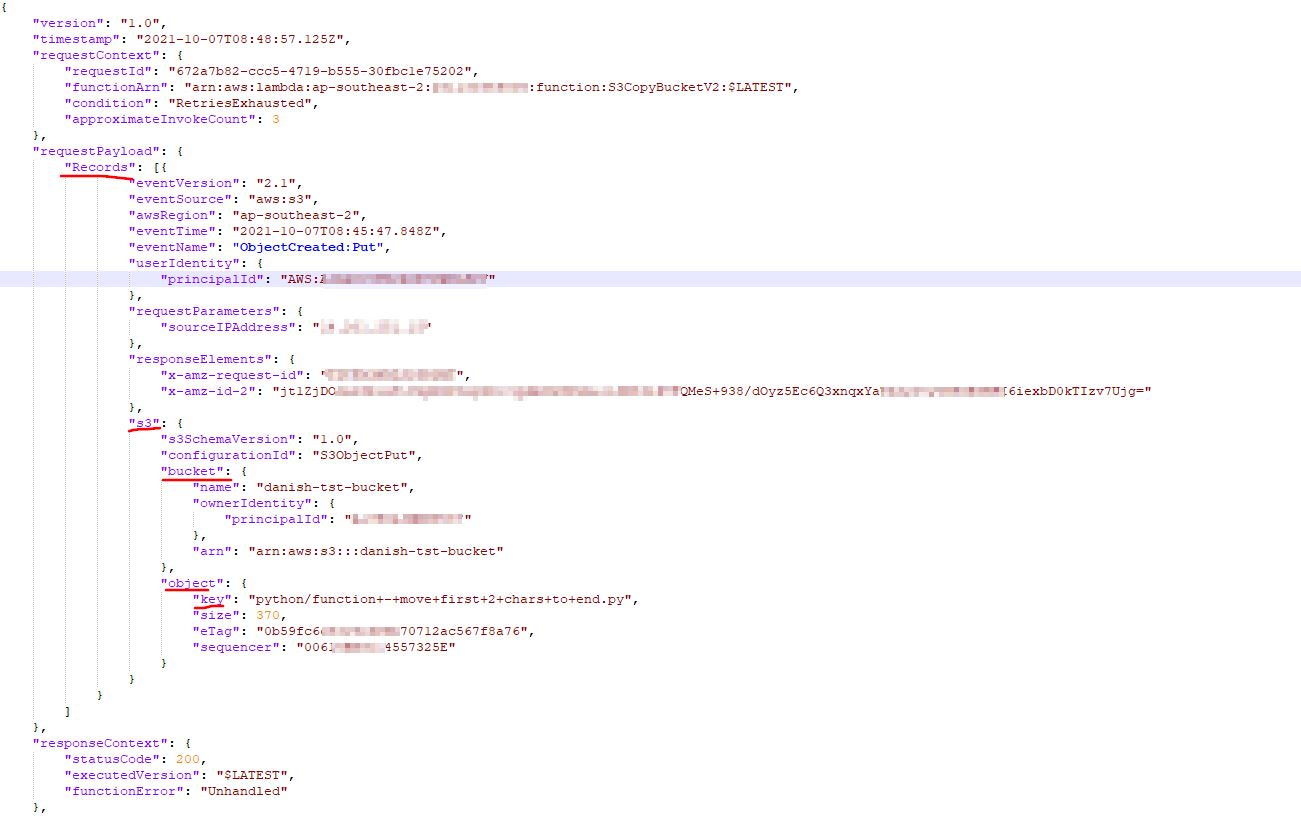
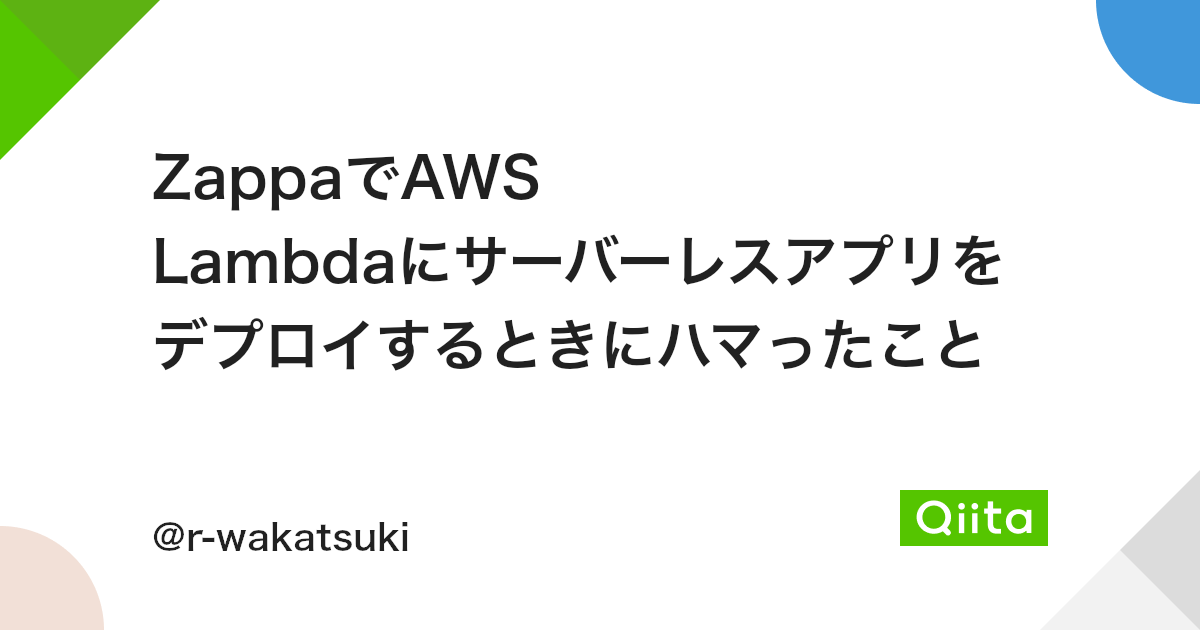
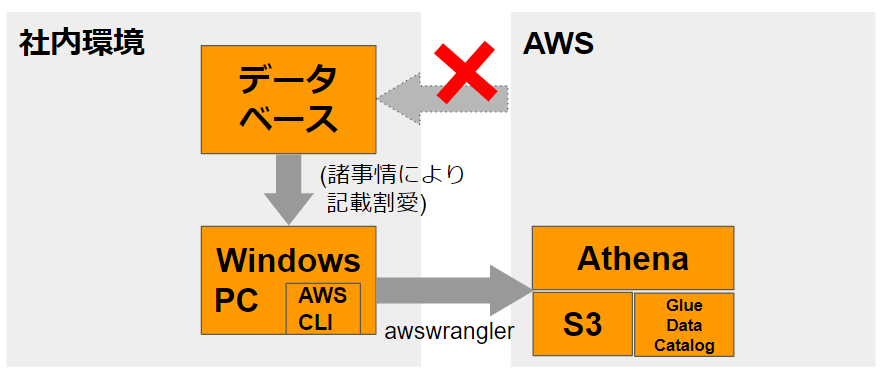

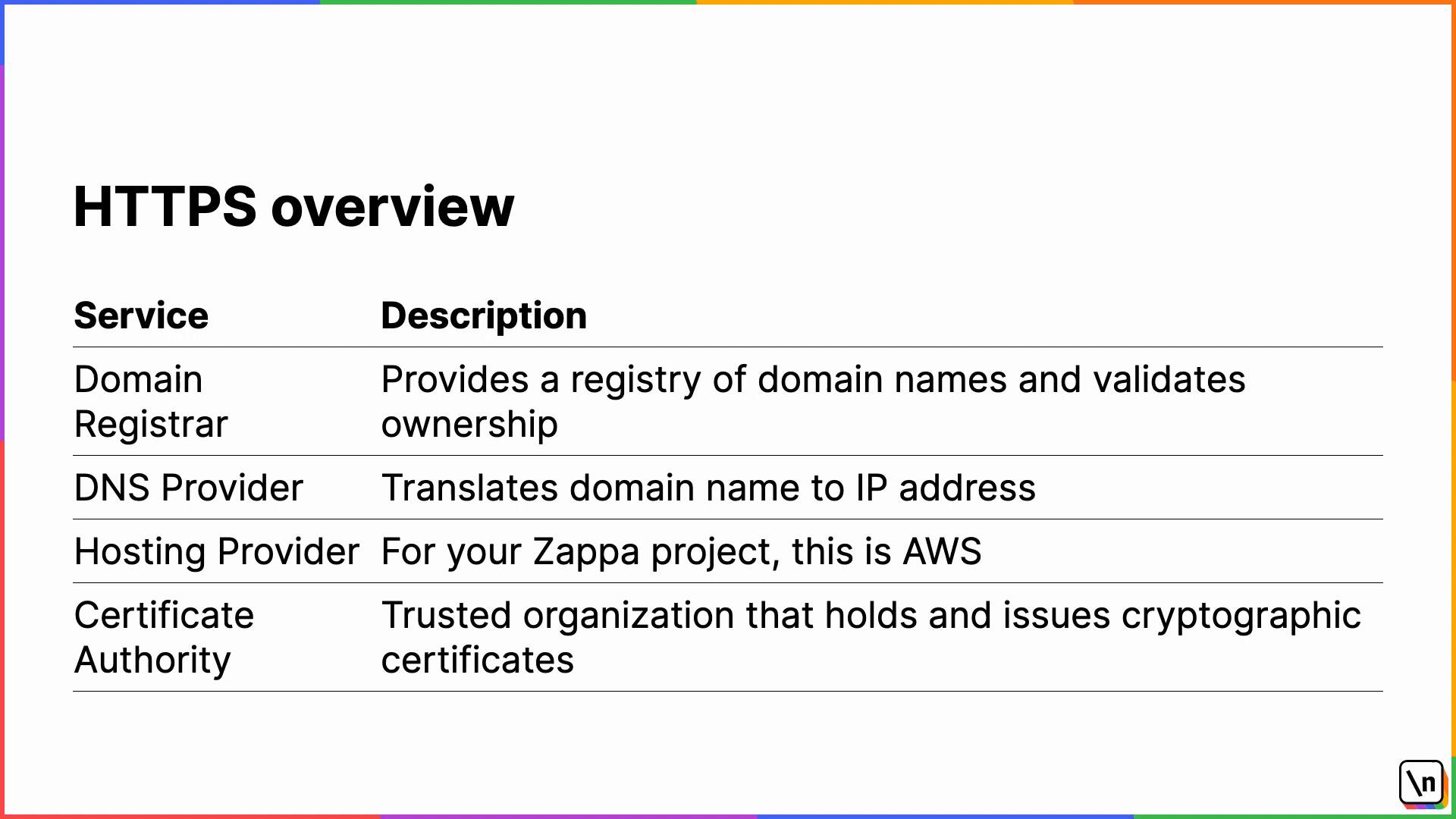
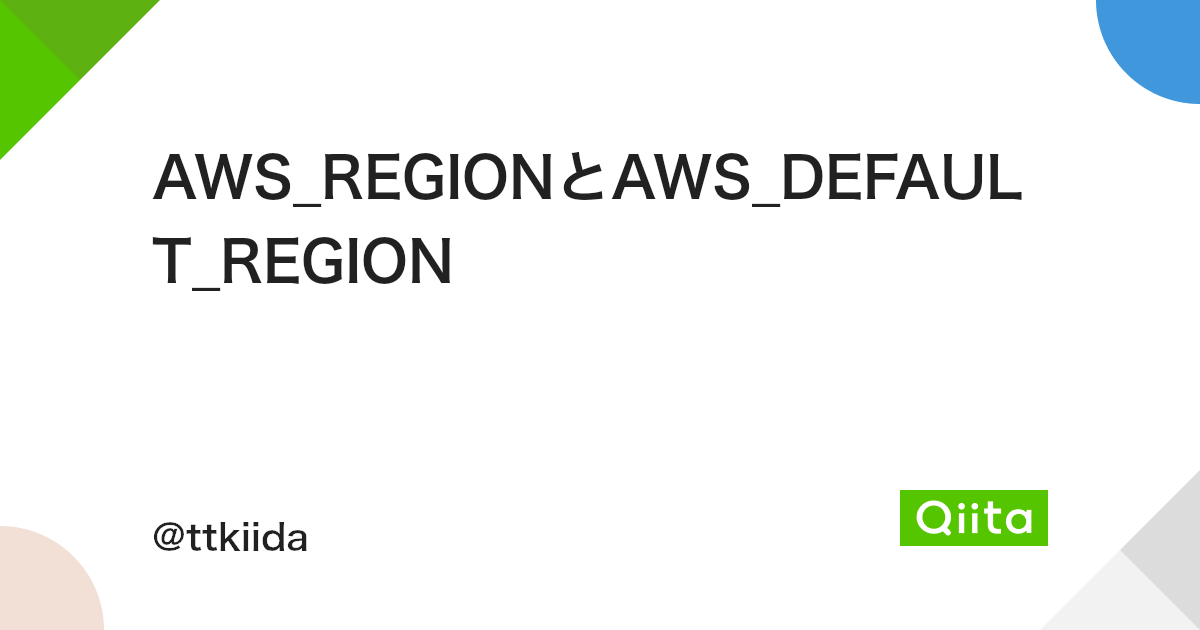




![awslogs] botocore.exception.NoRegionError: You must specify a region. Awslogs] Botocore.Exception.Noregionerror: You Must Specify A Region.](https://img1.daumcdn.net/thumb/C176x176/?fname=https://blog.kakaocdn.net/dn/l4Sku/btrMrxKAsNn/XY36627xnk0gGYHpUgy0E0/img.png)


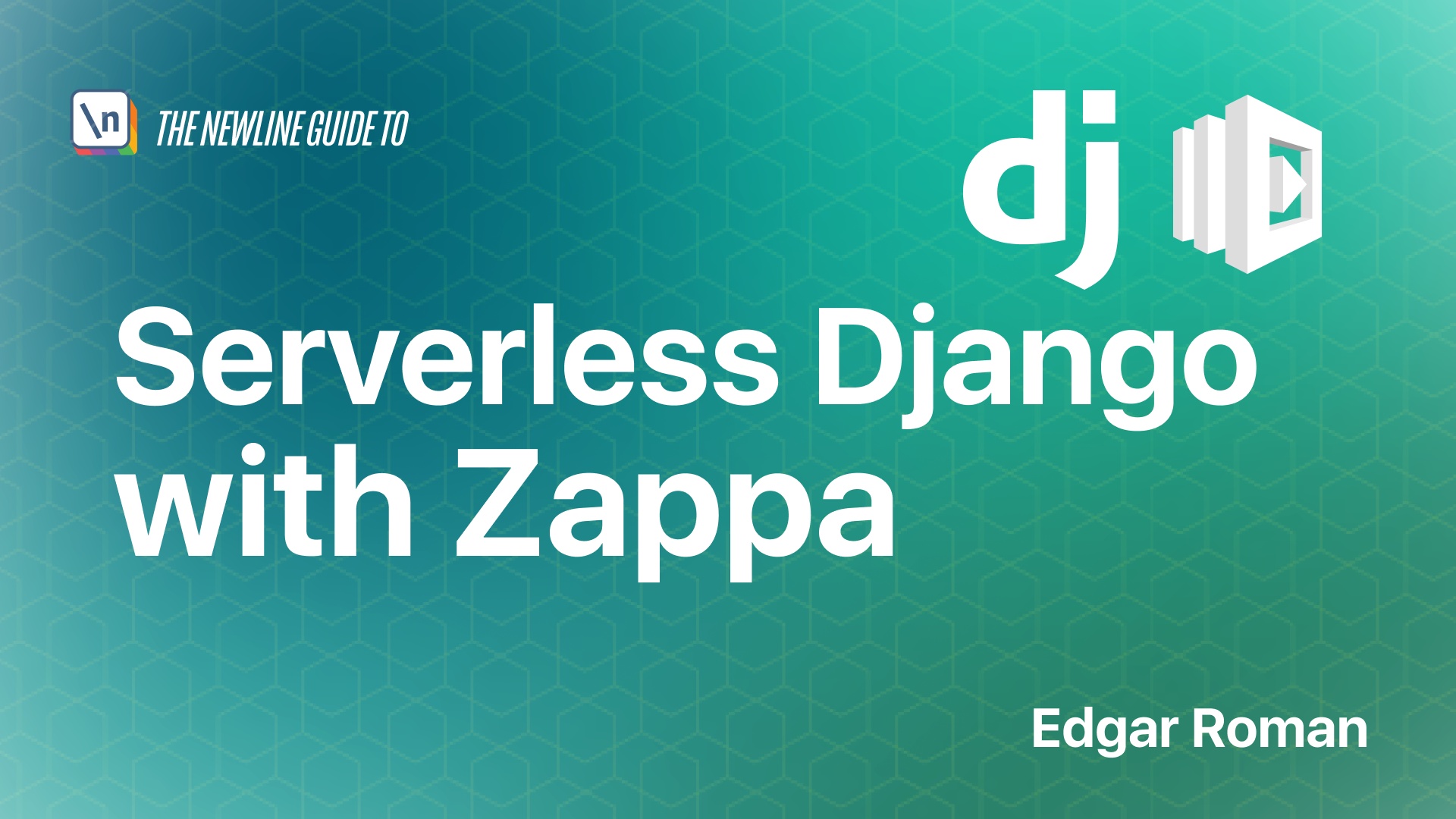
Article link: botocore.exceptions.noregionerror: you must specify a region..
Learn more about the topic botocore.exceptions.noregionerror: you must specify a region..
- boto3 client NoRegionError: You must specify a region error …
- Quickly fix botocore.exceptions.noregionerror: you must …
- boto3 client NoRegionError: You must specify a region error …
- botocore.exceptions.NoRegionError: You must specify a region.
- boto3 client NoRegionError: You must specify a region error …
- You must specify a region error AWS – how.wtf
- boto3 client NoRegionError: You must specify a region error …
- boto3 client NoRegionError – velog
- You must Specify a Region Error in AWS CLI [Solved]